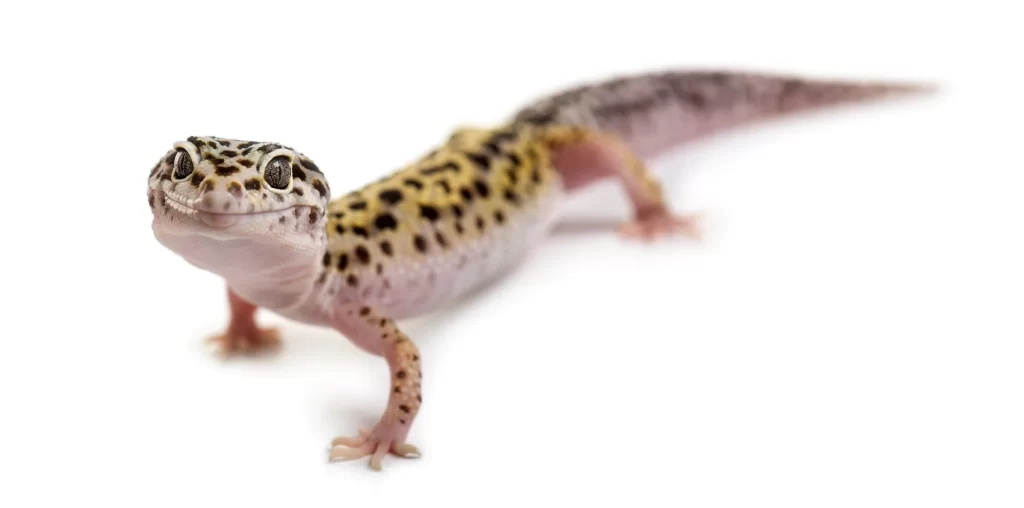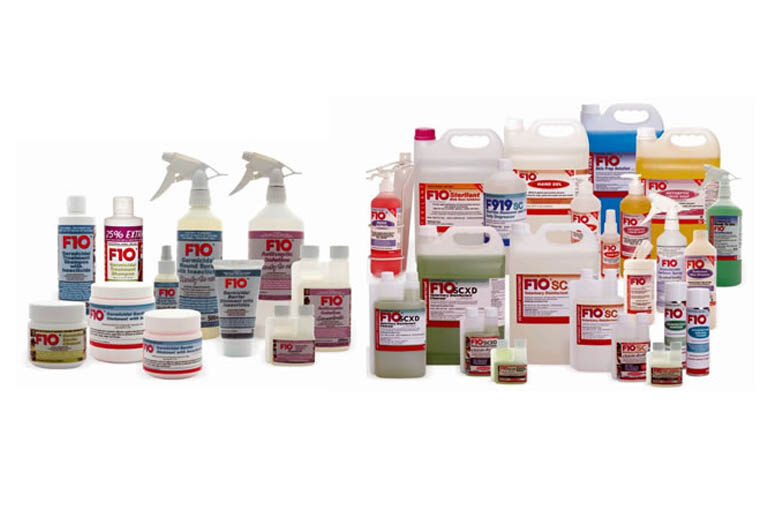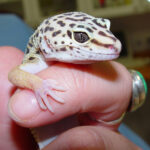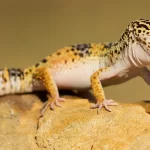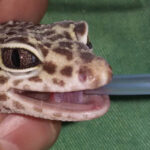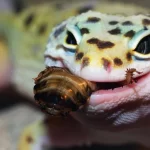This article is tagged to be informative to veterinarians too. The information is not a substitute for advice from a veterinarian.
To keep pet Leopard geckos healthy, it is important to practice good hygiene. Best hygiene practices for Leopard geckos include keeping the environment clean, regular disinfection, supplying fresh food and water and keeping your hands clean.
Introduction to hood hygiene practices for Leopard geckos
In its simplest form, hygiene refers to keeping things clean. Dirtiness can be in the form of dust, soil, moisture, organic material and faeces. As with humans, or keeping any other pet, hygiene is just as important for keeping Leopard geckos.
Why Leopard gecko hygiene is important
There are a couple of good reasons why it is important to practice good hygiene when it comes to keeping pet Leopard geckos. They all boil down to keeping your Leopard gecko healthy and looking after your own health.
Preventing diseases
Good hygiene reduces the chance for Leopard geckos to get sick. Unhygienic environments have the tendency to serve as a breeding ground for micro-organisms and acts as a hiding place for worms. Leopard gecko diseases that are common in unhygienic environments include cryptosporidiosis, intestinal worm infections, pneumonia and gastroenteritis.
The most important hygiene principles to prevent diseases are to keep the Leopard gecko environment clean and sterilisation.
Also see
Cryptosporidiosis: killer of Leopard geckos
Some contagious diseases can spread from one Leopard gecko to another. This can either happen directly, e.g. when Leopard geckos share the same hide box, or indirectly. Indirect transmission of diseases can take place through human hands and feeder insects. Common Leopard gecko diseases that can potentially spread indirectly are salmonellosis.
The most important hygiene principles to prevent the spread of diseases between Leopard geckos are disinfecting your hands and discarding uneaten feeder insects (especially crickets). Although not hygiene-related, the spreading of diseases between Leopard geckos can also be prevented by quarantine.
Also see
Leopard gecko quarantine: Why, how long?
How Leopard geckos pick up diseases (and how to prevent it)
Preventing humans from getting diseases from Leopard geckos
Some disease, e.g. salmonellosis and campylobacteriosis, can be transmitted from reptiles to humans. These diseases are called zoonoses. Zoonotic salmonellosis is mostly reported to be from pet turtles, but Leopard gecko owners are also at risk. Campylobacter, which is also a bacteria found in the faeces of reptiles, has been reported to be a significant cause of gastrointestinal disease in humans. There are also studies that say that mycobacteriosis, chlamydophilosis, Aeromonas and Pseudomonas infections may also be of reptile origin.
It is also possible for humans to contract diseases from feeder insects.
The most important hygiene principles to prevent the spread of diseases from Leopard geckos to humans are by washing your hands and by applying a proper disinfectant after each time you handle one. You should also be washing and disinfecting your hands after touching anything inside the Leopard gecko enclosure (e.g. the enclosure furniture) or feeder insects.
Also see
Handling a Leopard gecko
Leopard gecko hygiene practices
Good Leopard gecko hygiene practices include cleaning and disinfecting of food and water bowls, removing soiled substrates, cleaning and disinfecting enclosure furniture and only supplying fresh food and water.
Daily removal of stool or droppings is very important. Where granular substrates are used, the affected area can be removed, but where non-granular substrates are used (e.g. carpets or butcher paper) the entire substrate sheet needs to be removed. One can use an inverted plastic bag over your hand or disposable medical grade gloves instead of bare hands to prevent direct contact with faeces. Food and water containers should also be cleaned once a day.
It is also recommended to remove, clean, disinfect or even sterilise cleanable enclosure furniture and substrates at least once a week.
Also see
Suitable substrates for Leopard geckos
Cleaning, disinfecting and sterilisation
Cleaning refers to either removal, wiping or washing with water/soap after which it is dried. Sterilisation refers to the removal of all micro-organisms from objects (as suppose to live tissue), whereas disinfection refers to the cleaning of live tissues e.g. your hands, and hard surfaces.
There are various sterilants and disinfectants on the market and can be in the form of soaps, sprays, wipes and gels. Some products are sold as ready to use (RTU) while others are in a concentrated form that needs controlled dilution before it can be used. Note that not all sterilants and disinfectants are safe to be used with Leopard geckos, reptiles and other animals. Safe sterilisation and disinfection (e.g. for enclosure furniture and non-disposable substrates) can also be achieved by using the sun.
Health & Hygiene’s F10 has a wide range of products including wipes, hand soaps, sprays and contact cleaners and is safe and effective to use with Leopard geckos. F10 products are available from veterinarians and good pet shops.
Leopard gecko owner hygiene practices
As a summary, these are good hygiene principles for Leopard gecko owners:
- Do not touch your face while, or directly after, handling a Leopard gecko, the enclosure furniture, the inside of their enclosure, feeder insects or their substrate.
- Protect any open sores or wounds you might have on your hands before touching or handling a Leopard gecko.
- Wash and disinfect your hands (or in-contact skin) before and after handling a Leopard gecko.
- Wash and disinfect your hands (or in-contact skin) after handling enclosure furniture, the inside of the enclosure, the substrate and/or feeder insects.
- Do not kiss a Leopard gecko or bring it close to your face.
- Do not eat while in the proximity of Leopard geckos or feeder insects.
- Use safe, but proven disinfectants to wash, wipe or spray your hands.
- Use disposable medical latex gloves if possible.
For more information, also see our Leopard gecko owner hygiene article.

Hand washing
- Wet your hands with clean running water and apply soap. Use warm water if it is available.
- Rub hands together to make a lather and scrub all surfaces, including under the fingernails.
- Continue rubbing hands for 20 seconds.
- Rinse hands well under running water.
- Dry your hands using a disposable paper towel or a hand dryer.
It is also recommended to wash your hands before and after using protective gloves.
Note: These measures should be routine but are especially important while working with Leopard geckos.

